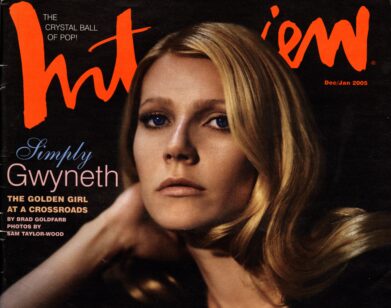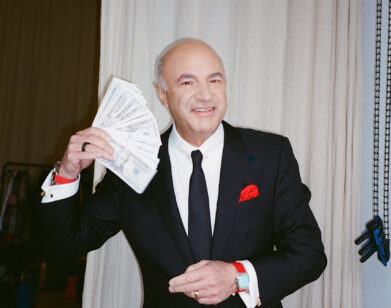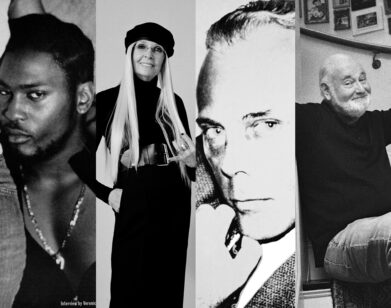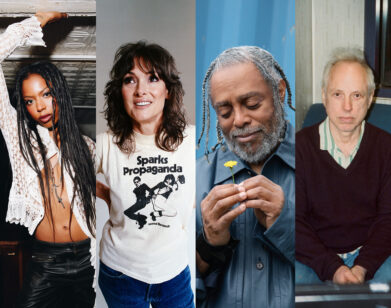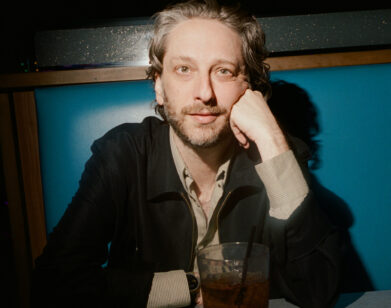Gareth Edwards’ Monster Mash
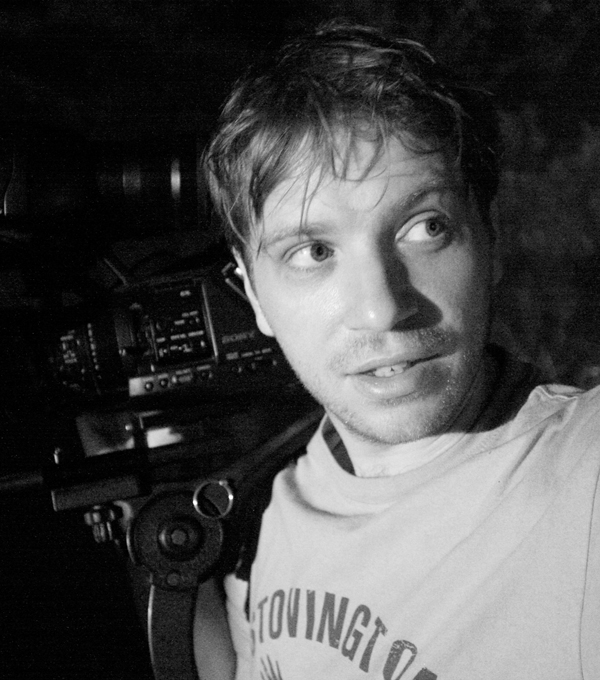
MONSTERS DIRECTOR GARETH EDWARDS. PHOTO COURTESY OF MAGNET RELEASING.
While many of us lament today’s bland blockbuster movies—who couldn’t write your average action screenplay?—special affects wizard Gareth Edwards actually put his money where his mouth is. Shooting on a shoestring budget with a skeleton crew and only two professional actors, Edwards created the chilly masterpiece Monsters. Taking place six years after a mysterious invasion by giant alien creatures, the film depicts a world indifferent to the occasional horrors inflicted by the creatures—indifferent as long as they stay on the other side of the containment wall. The setting for the story allowed Edwards to shoot on location in Guatemala, Belize, and Mexico, using many local people who have never acted before. Then there were the visual effects—a tank rolls down the street; men in a horse-drawn cart salvage part of a downed aircraft; a hurricane; an alien corpse.
But it’s Edwards’ use of his actors, the naturalistic Scoot McNairy and Whitney Able, and his inclusion of local people, in a way that’s heart-thumpingly real, which makes the unseen monsters all the more terrifying. We caught up with Edwards in New York, where we talked about dealing with cows and just how much you see of that infamous shark in Jaws.
MOHNEY: Why don’t you you talk a little about how you got started with this movie? What was your inspiration for it?
EDWARDS: Well, yeah, I always wanted to make films. I went to film school with the idea that you make a short film then you show it a festival, then Hollywood sees it and they give you a call and you get to make movies. It works that way for some people, but it didn’t work that way at all for me. And if you do special effects, obviously, science fiction and fantasy is an obvious genre; and for me, there was only a few options where you can stick things in and shoot a lot of film for real with high production value. A monster movie was the obvious choice.
I was on a holiday and I was trying to think of different angles on monster movies and there were these fishermen pulling something out of the ocean. So I’m thinking about when they pull this thing out-I pictured it as a giant tentacle [from a] sea creature. From a technical point of view, [I thought about] how hard it would be to cut around them. I spent the rest of the holiday kind of imagining similar things. Essentially I just went to the production company, I just pitched them that concept, and I said, “I really want to go do this, and it’s really cheap.” It became a bit of a no-brainer in a way, because there is such low risk for them, and they were like, “Yeah, just go for it,” and so they gave me some money.
MOHNEY: Aside from the main couple, played by Scoot McNairy and Whitney Able, you used local people—almost all of them non-actors. Can you talk about how the movie is set up with improvised scenes with many non-actors?
EDWARDS: I’ve been looking at a lot of documentaries and… the reaction or response of people looking at a house because it was destroyed by a hurricane, or talking about why they still live—they are amazing performances and it’s just real people talking about real things. So that really excited me. I wanted to take real people and manipulate their answers to be about this. I didn’t want to write dialogue, so for every scene we had a paragraph and it would say, on occasion, “try to say this at some point.” But they would be free to say it any way they wanted.
You do the world’s greatest performance of yourself; no one else can play you better than you can. So the scene would often play out in a way I haven’t predicted because it was a bit outdrawn. That was great, because when it hits something we weren’t expecting, you go, “OK, that was excellent, that felt real.” For example, there’s a scene with cows. We didn’t organize the cows; we were just walking along. Initially, it was a negative because were trying to do the scene, but there were cows. The obvious thing we could do is act like it’s a “creature'” and play it out that it’s just cows—but it was never written. It’s just trying to be optimistic, and I think when you have no money, if you’re open-minded, I think it’s better than trying to organize it.
MOHNEY: You can’t really plan that—that’s just serendipitous.
EDWARDS: You couldn’t repeat it. If we tried to do this film the second time it would be 100% a different movie… There are a lot of happy accidents in it. At the campfire scene we asked [the non-actors playing the body guards] questions about September 11, and about the war on terror, earthquakes, hurricanes, UFO’s—and they give these realistic answers back. They’re all answers to real questions; then we reversed and had Scoot to ask specific questions about “the creatures” and “the wall.” And then we cut it so there is great performances of them. They were getting the hang of it.
MOHNEY: I really loved that the monsters or creatures are unseen throughout most of the movie, or you only see a piece of them, or you only see them in fog—
EDWARDS: Well, I did an experiment for a day. I had heard people say you don’t see the monsters very much in this film. And I thought one of the best films ever made was Jaws, and you don’t see the shark that much either. So I timed Monsters and I timed Jaws. An hour into Monsters, you see the creatures on screen for 3 minutes. An hour into Jaws, guess how many minutes you see the shark—even just the dorsal fin?
MOHNEY: Five minutes?
EDWARDS: Three seconds! That’s how well that film worked in terms of using the audience’s imagination.

